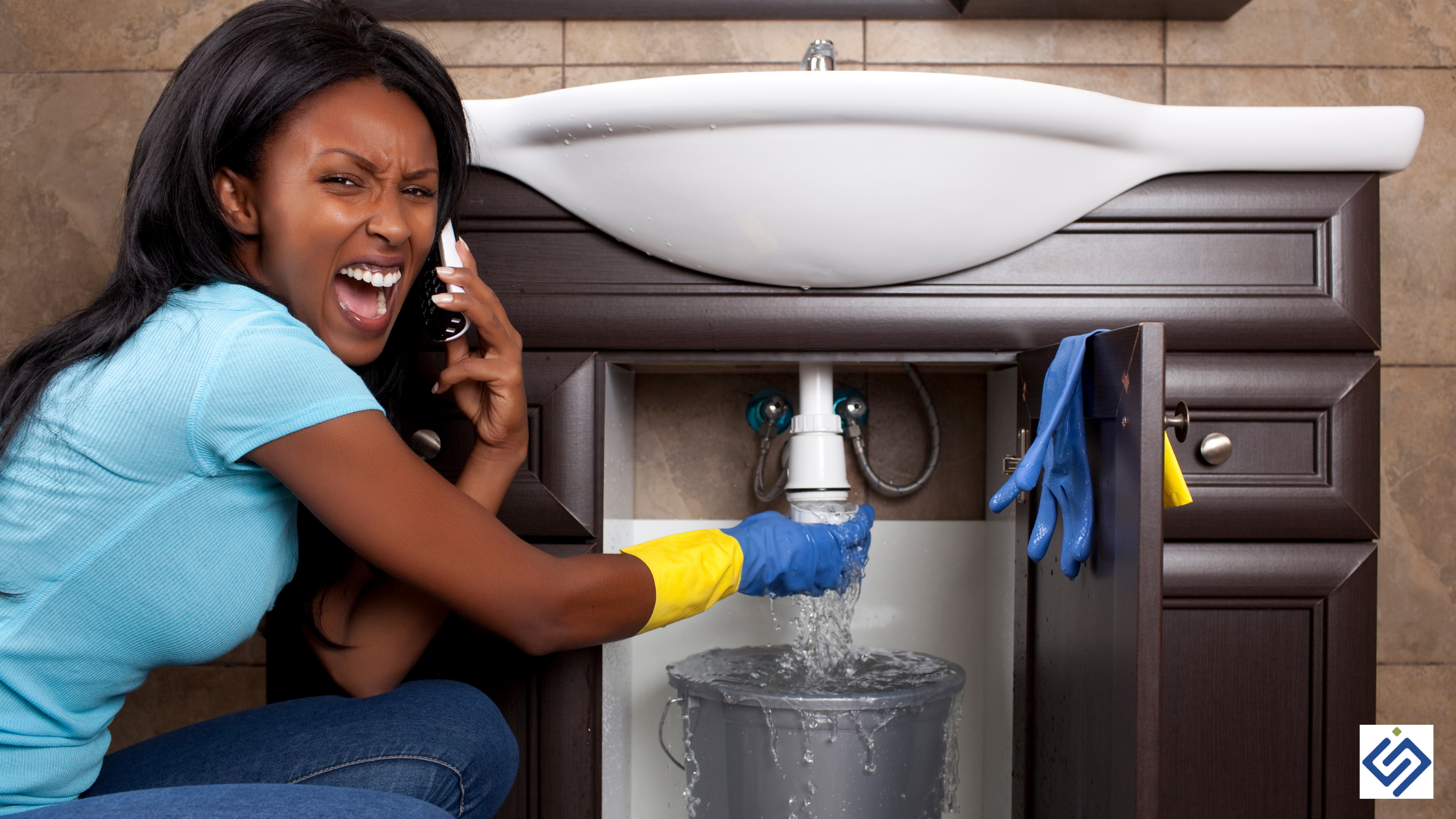Stopping Water Damage in the Bathroom
Stopping Water Damage in the Bathroom
Blog Article
Listed here below yow will discover some wonderful expertise about How to Prevent Bathroom Water Damage.

The washroom is very susceptible for wet build-up and possible water damage due to the regular use water in it. This short article supplies basic inspection methods to help finding water damage threats.
The regular use water in the restroom makes it extremely prone for damp accumulation and also prospective water damage. By evaluating it frequently, you can reduce water relevant damages.
The following collection of evaluations is very easy to carry out and also ought to be done as soon as in every three months in order to maintain your shower room in good shape as well as to prevent possible water damages brought on by the tub, the shower, pipeline joints and plumbing, sinks, closets, and the commode
Do not overlook executing these inspections as well as be thorough while doing them. Keep in mind that these easy examinations can save you a great deal of cash by offering very early indications for water damages
Bath tub as well as Shower
The shower and also bathtub need unique interest as well as upkeep. Inspect the floor tiles and also replace if split. Make sure that there is no missing out on cement between the ceramic tiles. Evaluate as well as change cracked caulking at joints where the walls fulfill the flooring or the bathtub. Blocked drains pipes and pipelines troubles will avoid the bath tub from drying as well as might show serious issues under the bath tub. Seek advice from an expert promptly to prevent structural damages. Pay attention to discolorations or soft locations around the bath tub walls as they might show an internal leakage.
Plumbing
Signs for water damages are hard to find given that many pipes are mounted inside the wall surfaces.
Pay special interest to floor covering and walls wetness and also discolorations as they might indicate an unnoticeable plumbing issue. Inspect wetness degrees in adjacent areas as well.
Sinks and Cabinets
Sinks and cabinets are subjected to moisture and humidity daily as well as are typically ignored. Check on a regular basis under the sink as well as on the counter top over it. Fix any type of drip in the catch as it might recommend drain issues. Browse the sink, sluggish draining pipelines may suggest a blocked drain. Replace sink seals if they are broken or loose.
The Toilet
The toilet is a vulnerable water junction. Check the water lines and also look for leakages around the commode seat, in the pipe, as well as under the water storage tank. If you discover any kind of indicators of dampness on the flooring around the bathroom, look for leakages in the toilet edge and also container seals.
Realize that hanging commode dish antiperspirants raises the opportunities for obstructions.
10 TIPS TO PREVENT WATER DAMAGE IN THE BATHROOM
The average household uses approximately 80-100 gallons of water per person per day. For a family of 4, that's almost 2,500 gallons of water a week! The largest portion of this consumption comes from bathroom use. Flushing the toilet uses the most water, followed by taking a shower or bath. With that much water running through the home, water damage in the bathroom is bound to happen. Knowing how to spot signs of a water leak is essential to preventing long-term damage. This guide provides you with tips to reduce the impact of water damage on your bathroom.
CAUSES OF BATHROOM WATER DAMAGE
Pipe breaks are the most common cause of water damage we see in our daily jobs. The age of a pipe plays a large role in a pipe break as well as corrosion. Over time, the metal begins to break down, allowing water to escape. Frozen pipe breaks are also a concern in the winter months. Toilet overflows caused by paper products or children flushing inappropriate items. Degraded caulking around the toilet or bathtub can allow water seepage, sometimes behind the fixture, into the subfloor or walls. Condensation forms when the water in a pipe is cooler than the air temperature. Beads of water form on the exterior of the pipes, sometimes so much so that the water begins to drip and pool below. Sink or shower backups created by poor drainage. HOW TO PREVENT WATER DAMAGE IN YOUR BATHROOM
Inspect your toilet supply line for worn or frayed hoses and replace them as needed. Winterize your plumbing to prevent a frozen pipe break. Use vent fans to prevent condensation that can lead to mold growth. Routinely check and replace degraded caulking around your toilet or bathtub. Increase the temperature in your toilet tank and insulate your pipes during the warm summer months to keep condensation from forming. Use child safety locks on the toilets. Flush only toilet paper. "Flushable" wet wipes are actually not good for your plumbing system. Additionally, feminine hygiene products should not be flushed. Prevent water from escaping the tub or shower. Make sure shower curtains are in good condition. Inspect shower doors and replace the seal strip if necessary. Wipe up any water that accumulates on the floor and use bath mats. Water left to sit can cause damage to the tiles and flooring. Refrain from using bath products containing heavy oils to avoid a clogged drain.

I found that blog posting about Looking for Signs of Water Damage in the Bathroom when scouting around the search engines. Be sure to take a moment to promote this article if you enjoyed it. I appreciate reading our article about How to Prevent Bathroom Water Damage.
Click Here! Report this page